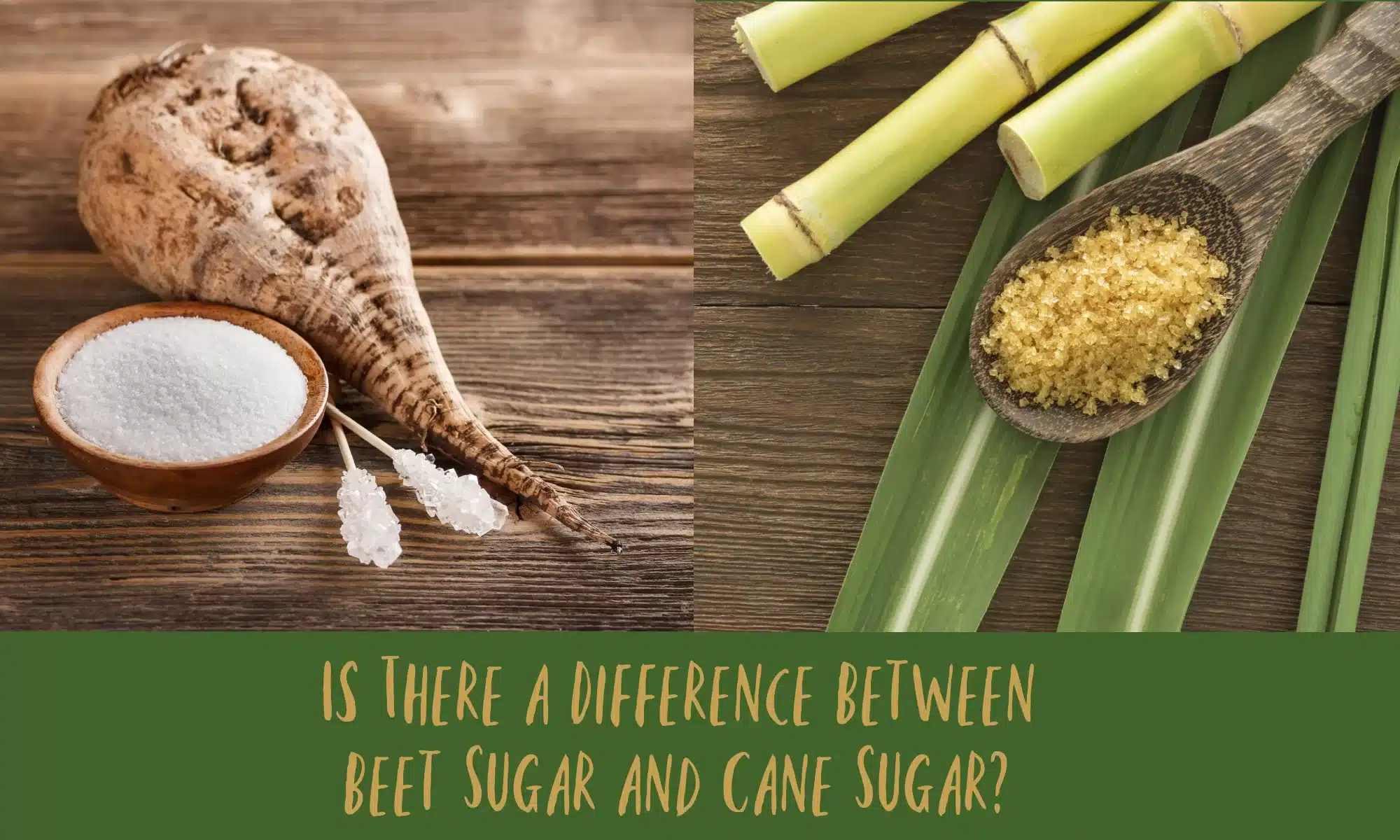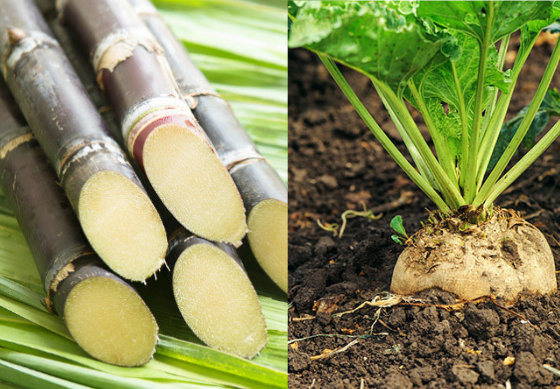Many people compare beet sugar vs cane sugar to understand their differences in taste and texture.
Many people compare beet sugar vs cane sugar to understand their differences in taste and texture.
Blog Article
Comprehending the Nutritional Conveniences of Beet Sugar Vs Walking Cane Sugar for Health Conscious Consumers
When examining the nutritional ramifications of beet sugar versus walking cane sugar, health-conscious customers find that both selections primarily are composed of sucrose and offer similar calorie values, each adding around 16 calories per teaspoon. In spite of this similarity, neither kind confers considerable health advantages, as they are without important nutrients. Discovering the wider influences, consisting of environmental considerations and long-term health impacts of sugar intake, may brighten a lot more nuanced differences in between these 2 sugars.
Nutritional Account and Caloric Value of Beet Sugar and Cane Sugar
Although both beetroot sugar and walking cane sugar are mostly composed of sucrose, their nutritional accounts and caloric values are incredibly similar. Each provides about 16 calories per tsp and is composed nearly completely of carbohydrates, with minimal quantities of healthy protein or fat. These sugars likewise lack considerable amounts of vitamins or minerals. The improvement process strips away the majority of the inherent nutrients, making both types nearly the same in terms of nutrition. There are trace distinctions in the pollutants that continue to be after handling, which can slightly affect the taste and color of the sugars, yet these are negligible in regards to health effect. For customers concentrating on nutritional impact, the option in between beetroot and walking cane sugar is more regarding individual preference or prospective ecological worries instead of dietary distinctions. Both should be eaten in small amounts within a balanced diet due to their high caloric content and lack of crucial nutrients (beet sugar vs cane sugar).
Environmental Effect and Sustainability of Sugar Production
While the dietary distinctions between beetroot sugar and walking stick sugar are very little, their manufacturing processes offer even more substantial variations, especially in regards to environmental influence and look at this now sustainability. Walking stick sugar production often entails considerable land usage and deforestation, which adds to habitat destruction and biodiversity loss. This farming is also linked with high water consumption and water air pollution because of the drainage of pesticides and plant foods. On the other hand, beetroot sugar manufacturing usually read this article requires less land and can be grown in more warm environments, which may lower the requirement for watering and the involved water source depletion.
Nevertheless, beetroot growing is not without its environmental challenges; it includes considerable power inputs, specifically in the north climates where it is grown, because of the requirement for longer home heating durations in sugar handling. Both sugar beetroot and sugar walking cane industries are checking out a lot more lasting check over here techniques, consisting of plant turning, natural farming, and boosted waste administration strategies to mitigate these influences.
Health Consequences and Recommendations for Sugar Consumption
In spite of their very little nutritional differences, both beet sugar and walking stick sugar can have destructive wellness impacts when consumed in extra. High intake of either kind of sugar adds to a series of wellness problems, including obesity, type 2 diabetes, and heart condition. Both sugars are pure sucrose and deal no crucial nutrients other than calories, causing rapid spikes in blood sugar degrees upon usage.


Final Thought

Report this page